D.C. on Your Doorstep
You’ve heard the truism that all politics are local. While politicians cast votes to satisfy their voter base, the outcomes can be far reaching, particularly when they are made at the national level. On a daily basis, it is probably the decisions made by your state and municipal governments water restrictions, zoning laws that feel most immediate. However, the effects of national laws and regulations, written in faraway Washington, D.C., can very quickly arrive on your doorstep.
Distance is not the only reason the decisions of D.C. lawmakers and regulators may seem remote. For many of you, they may not directly affect your business. Not hiring immigrant employees? Immigration reform may not seem like your problem. If you are not a grower, then the Farm Bill reauthorization probably seems unimportant. However, as you know (much better than many kids today, who think carrots grow at the grocery store) the plants you sell have to come from somewhere, and forces affecting your suppliers’ businesses are only one step removed from yours. The same goes for legislation and regulation affecting your customers, such as the recently passed tax rebates that hopefully will find their way to your cash register this spring.
Still think your business flies below the radar of national government? Here is how the top issues affecting our industry as a whole are impacting the continued success and security of your business.
Sustainability
This is one of the hottest issues out there right now, and it will be felt well beyond the scope of what products you stock on your shelves. For starters, in today’s marketplace, biodiversity means much more than stocking five kinds of junipers. There are multiple forces driving the diversification of your product selection. Pest and disease issues, like Emerald Ash Borer, make it clear that the widespread use of Ash has left the Midwest’s urban forest exposed. After watching Ash nearly eliminated from the Midwest landscape, landscape designers, municipalities and nursery growers are quickly expanding their palates to reduce future dependence on a limited selection of products.
Pest and disease is only one factor driving biodiversification. In the Northeast, invasive plant quarantines are eliminating the sale of traditional bread-and-butter items such as barberry and Norway maples, forcing businesses and consumers alike to identify new alternatives. The devastating drought in the Southeast, as well as a growing desire among consumers to reduce their use of fertilizers and pesticides, is driving the purchase of lower-maintenance plants with lower moisture and care requirements. Would your customers rather pave than prune? Offering plants with suitable mature sizes for their location and encouraging customers to feed only as needed means they are hauling out the shears less frequently.
But sustainability is not only a consumer movement; it is also being taken up by government. You’ve read the headlines about states suing the national government to allow higher standards for automobile emissions. We have also seen statewide bans on phosphorus fertilizers and strong measures in the southeast banning landscape watering in the face of severe drought. Other organizations, like the Environmental Protection Agency (EPA), are seeking to partner with, rather than regulate, our industry to reduce water use, horticultural waste in landfills and fertilizer application through programs like GreenScapes (www.epa.gov/greenscapes). The program provides tools to help businesses become more sustainable and, just as importantly, provides materials to educate your customers on how they can make their home landscapes more sustainable. This program was developed with industry input and is centered on a broad message of using the right plant in the right place. In the face of growing regulations, a good offense is often the best defense. You are far more likely than a regulator to come up with the optimal way of implementing sustainable practices in your own business. Your efforts now can eliminate the future need for a regulatory solution.
The government isn’t the only national force behind sustainable landscaping. The Lady Bird Johnson Wildflower Center is currently working in partnership with several botanic gardens, aided by industry input from organizations like ANLA, to develop voluntary standards for sustainable landscapes. Modeled after the Leadership in Energy and Environmental Design (LEED) program for green buildings, this program would provide certification and recognition for landscape projects that achieve a high standard of sustainability in both design and installation practices.
Does this seem like more of a landscape issue? The LEED program, through increasing recognition and demand for green building materials and methods, has now spread to the consumer trade. By driving the manufacture of sustainable supplies for large commercial contracts, these products, and demand for them, have trickled down to your local hardware store. In the future, the Sustainable Sites Initiative could drive similar demand to your garden center.
Labor and Immigration
When the steel industry is threatened by actions in Congress, you can bet that the building and automotive industries step up to the plate to protect this critical input. In the nursery and landscape industry, labor is foundational to our continued operation. Without labor, plants can’t be grown, harvested, shipped or installed. The United States’ need for labor keeps growing while more and more American citizens are receiving better educations and taking more highly skilled jobs. This leaves our industry highly dependent on immigrant labor.
Whether you employ a single immigrant or not, without a reliable immigrant workforce, your livelihood the profitable sale of plant material is threatened. Without immigrant labor, fewer plants can be grown and shipped, raising the prices you pay and shrinking your profits. Work is being done to increase operational efficiency and mechanize, but for the near future the continued success of our industry will depend on the reliable availability of a legal, immigrant work force. This will certainly become your problem if Mother’s Day weekend comes and you have no hanging baskets because there was no one to plant them, pull the order or drive the shipment to your store.
Farm Bill
The Farm Bill, along with every other issue facing Congressional action, is weighed down by heavy debate this year. However, regardless of the final product, in the current Farm Bill reauthorization specialty crops including horticulture and floriculture products will be recognized appropriately for the first time. Importantly, specialty crop funding will not come in the form of subsidies. Direct funding will support pest and disease mitigation and research, and the establishment of a national clean plant network will ensure the movement of healthy nursery stock around the country. Nursery and floriculture have well-established programs, which could see increased funding supporting the development of new introductions.
The programs supported by the Farm Bill are necessary to our industry and will need to exist, whether they are funded privately or by the government. Private funding will most certainly ripple through the supply chain. We have already experienced this in the form of licensing fees for some new introductions and higher price tags on others. ANLA’s lobbying effort to ensure that our industry is well represented in the current Farm Bill reauthorization means that some of your tax dollars are being put to work directly to the benefit of your bottom line.
Extended Daylight Savings
Still not convinced? Well, maybe all those issues affecting your suppliers really won’t affect you. And maybe trends like sustainability won’t reach your market or municipality. One thing, however, is guaranteed: the law of unintended consequences. No matter how tightly written a law, its reach always extends beyond the intended impact. Here’s one example that may be increasing your spring sales as we speak.
A few years ago, in an effort to reduce the United States’ need for electrical energy, Congress passed an energy bill reducing daylight savings time, moving the date that the clocks jump forward to the second Sunday in March. Their goal was to reduce the hours during the year when electrical lighting was used in order to limit energy consumption. The result? If you happen to be in the southern half of the country, where spring arrives in March, you know that customers shop only during daylight hours, and this bill increases your retail sales window.
The impending pressure of Mother’s Day customers and receiving plant deliveries certainly feels more immediate (particularly this time of year!), but legislative and regulatory issues are affecting your business, directly or indirectly. They impact your customers and suppliers, both intentionally and unintentionally. While you are ringing up sales this spring, keep one eye focused beyond your own backyard, before these challenges show up on your doorstep.







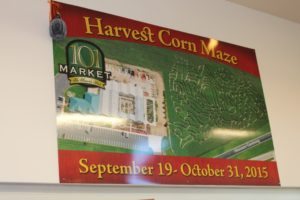

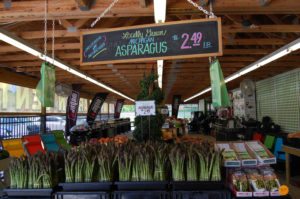
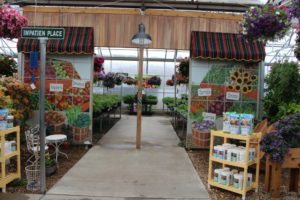
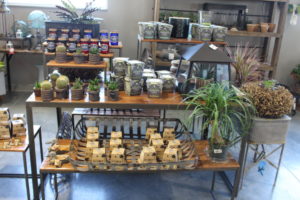


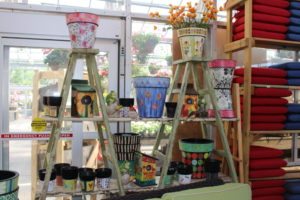

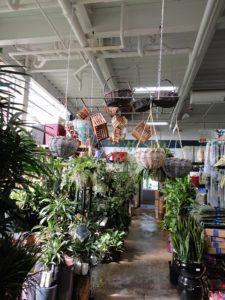
 Videos
Videos





